A New Discovery in Caracol Highlights Site’s Significance
A major discovery at the Caracol Archaeological Site is making headlines internationally, and for good reason. Researchers have uncovered what they believe to be the tomb of Caracol’s very first king, a find that’s shedding new light on the ancient Maya world and its complex network of diplomacy and power. Led by renowned archaeologists Doctors Arlen and Diane Chase, the Caracol Archaeological Project is once again putting Belize on the map for groundbreaking Maya research. And as News Five’s Paul Lopez shows us in this week’s Belize on Reel, this discovery could change how we understand Caracol’s role in Mesoamerican history.
Paul Lopez, Reporting
A discovery nearly seventeen hundred years in the making is turning heads at the Caracol Archaeological Site. Archaeologists have uncovered a burial site dating all the way back to 331 AD—and it’s no ordinary tomb. It’s believed to belong to Te K’ab Chaak, the very first known ruler of Caracol and the founder of its royal dynasty. The exciting find was made by the Caracol Archaeological Project, led by the husband-and-wife team, Drs. Arlen and Diane Chase, who’ve been uncovering the secrets of Caracol for decades.
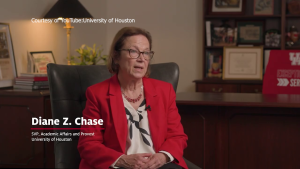
Diane Chase
Diane Chase, Provost, University of Houston
“One of the question is how important was Teotihuacan to the establishment of rulership in the Maya era. We selected one area, the northeast acropolis, that we have worked on for many years overtime because we knew it had remains of the correct time period to answer those exact questions.”
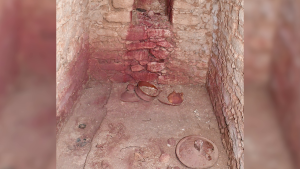 The tomb that archaeologists discovered contained an assortment of jadeite ornaments, carved bone tubes, pottery vessels and more. Doctor Melissa Badillo, the Director at the Institute of Archaeology explained that all these items reflected local and traditional connections with central Mexico, suggesting diplomatic relations at the highest level.
The tomb that archaeologists discovered contained an assortment of jadeite ornaments, carved bone tubes, pottery vessels and more. Doctor Melissa Badillo, the Director at the Institute of Archaeology explained that all these items reflected local and traditional connections with central Mexico, suggesting diplomatic relations at the highest level.
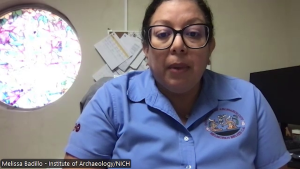
Dr. Melissa Badillo
Dr. Melissa Badillo, Director, Institute of Archaeology
“One of the more significant features of the tomb is that there are some pottery vessels and other obsidian artifacts that clearly show that connection to central Mexico. It shows that Teotihuacan influence early on. So, it pushes back the time for that Mexican influence and it shows that even as early as the first founder of Caracol and his reign that there was networking happening between Belize and the Maya area. Even though they were not, they did not have the comfort of modern transportation as we do now. There was significant trading, networking happening still within the region.”

Arlen Chase
Arlen Chase, Professor, University of Houston
“What we discovered this past year is the tomb of someone that we believe was the first member of the royal dynasty at Caracol. This would be the first individual we found that actually matches with the hieroglyphic text. Not just the first ruler in name because it matches the monuments, but the first one we actually found. That, in and of itself, is huge.”
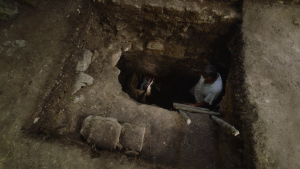 Doctor Badillo says the discovery is of national importance. She explains that it reinforces the country’s critical role in the ancient Mesoamerican networks, while highlighting the value of preserving our archaeological heritage. The discovery also adds a new layer of intrigue to a site that draws visitors from across the world.
Doctor Badillo says the discovery is of national importance. She explains that it reinforces the country’s critical role in the ancient Mesoamerican networks, while highlighting the value of preserving our archaeological heritage. The discovery also adds a new layer of intrigue to a site that draws visitors from across the world.
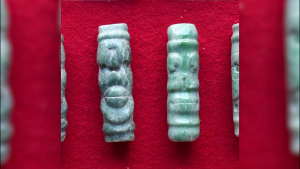 Dr. Melissa Badillo
Dr. Melissa Badillo
“For sure it will put Belize on the forefront of Maya archaeology. It shows the significance of the development that we had early on in the development fo the maya history within this region, the networking and everything that came along with it. It shows the political significance and the strategies that Caracol had in place and linking with these regional cities across the Mesoamerican Area. It will provide another intriguing feature for visitors to Caracol. Of course these things are not yet on display as we working through more analysis and gather all the information we need to. In the near future we can expect to have this information available in the public.”
Arlen Chase
“There are eleven ceramic vessels, a lot of them are polychrome. Eleven vessels in the tomb dating to 350 AD is a lot of vessels. What is even more impressive is the iconography that is on top of or painted on top of the lids, because one of the lids shows a portrait of the god Ek Chuah, the Maya merchant god who is generally not known from the classic period, and there he is at 350 AD, the god of trade.”
Future analysis will include ancient DNA studies, isotope testing and the reconstruction of artifacts such as the jadeite mask. Reporting for News Five, I am Paul Lopez.
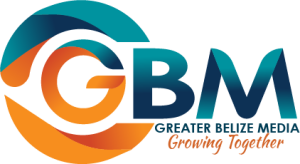
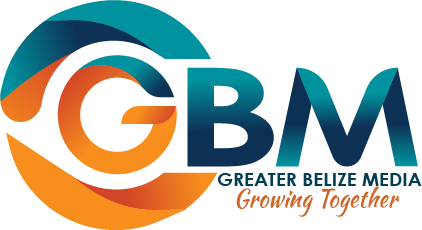


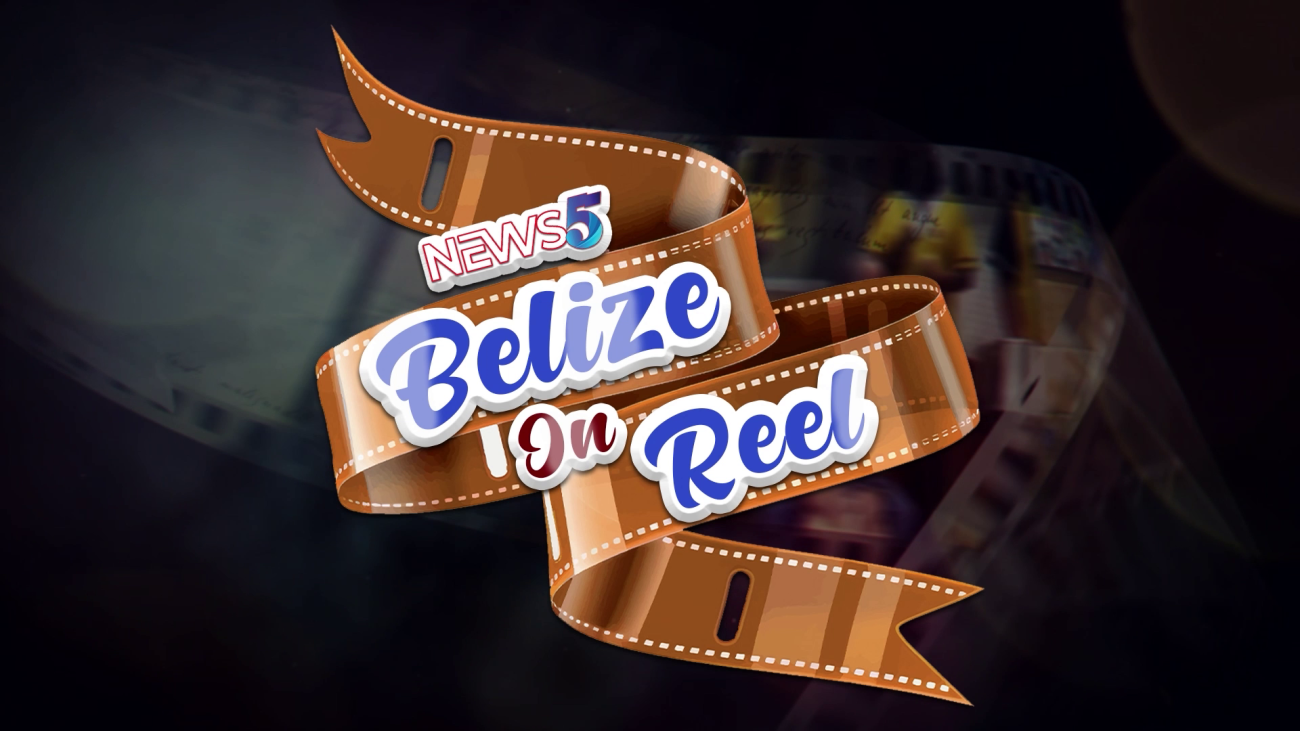
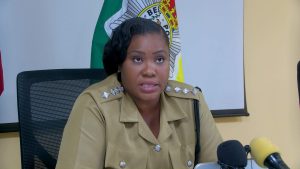
Facebook Comments